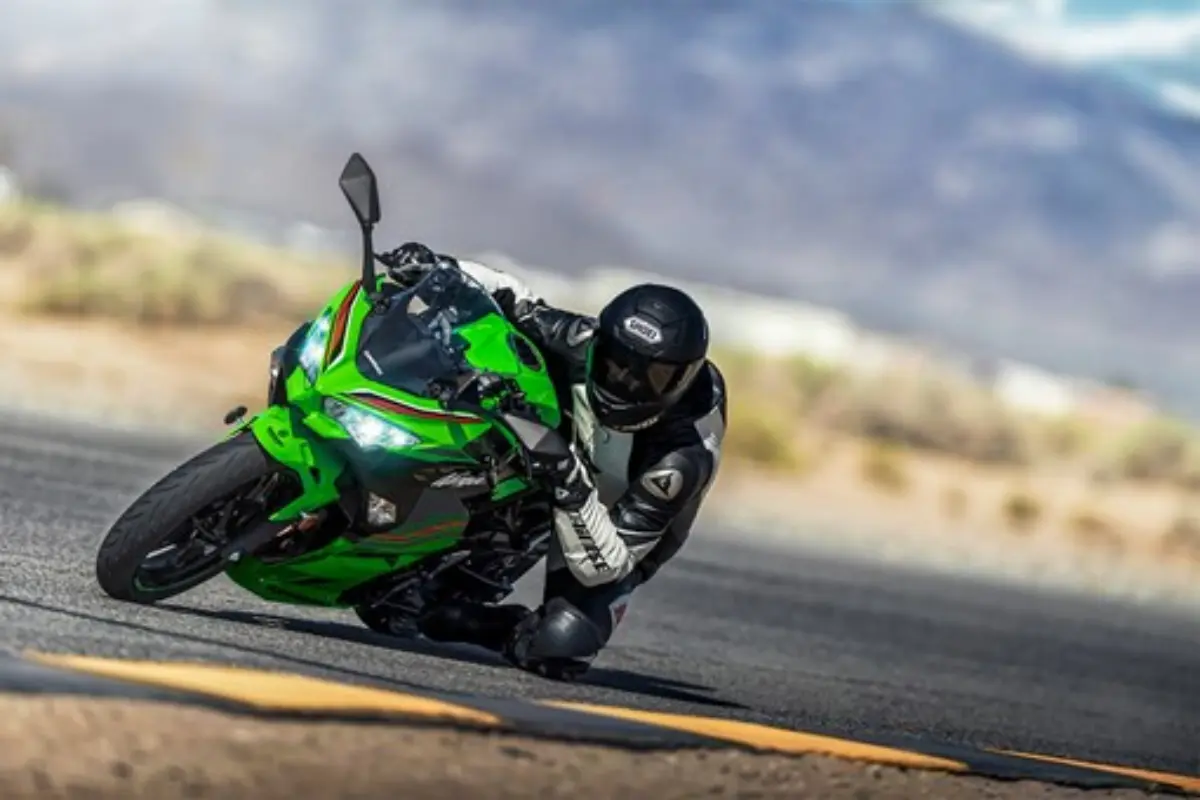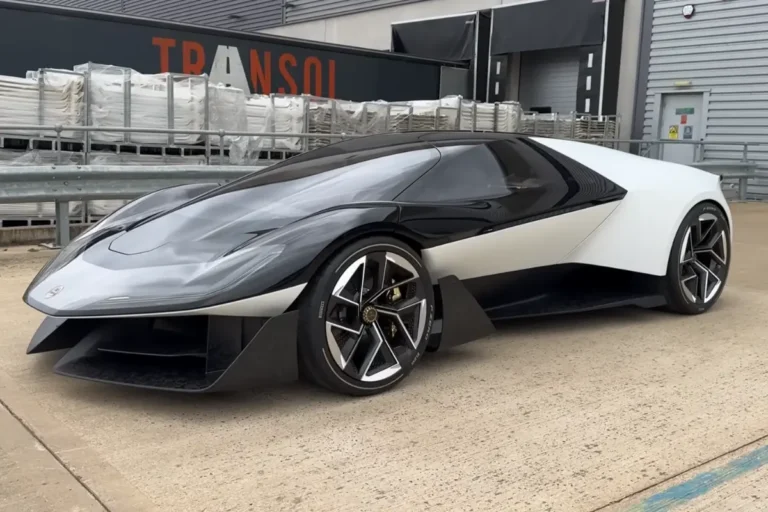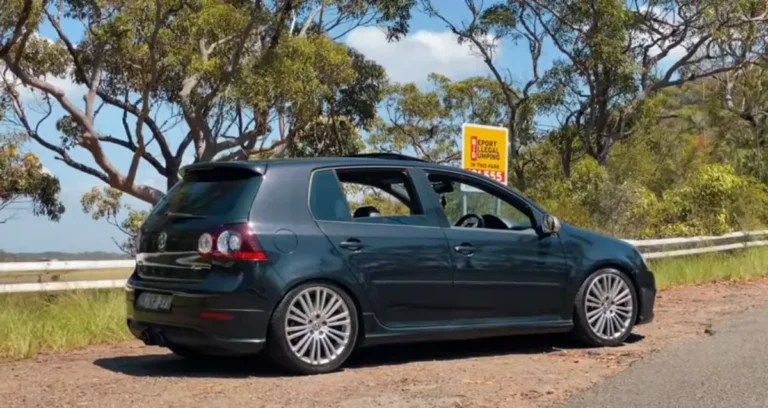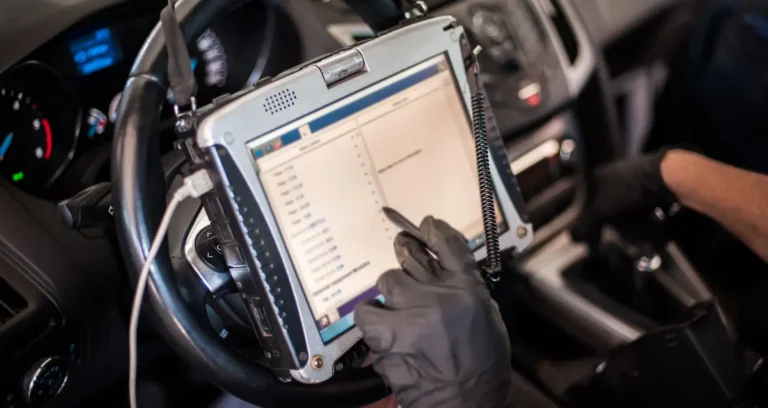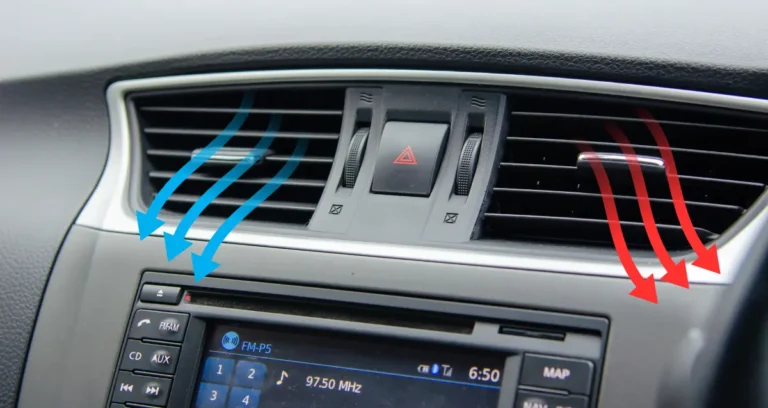The Impact of Motorcycle Suspension Upgrades: A Deep Dive with Project Ninja
You’ve just bought a motorcycle, and it’s the best thing that’s ever happened to you—better than that one time you discovered something you can’t even remember anymore. It’s faster than any car you’ve driven, and after a few weeks, that speed starts to feel… normal.
You get a craving, a sickness for more speed. So, you hop on the forums and hear all kinds of advice: get a new exhaust, slap on some velocity stacks, and upgrade your ECU. But today, we’re taking a different route. We’re diving into the world of motorcycle suspension upgrades to see if they can truly make your bike faster without any of those flashy parts.
Getting a Baseline with the Stock Setup
Before you can start upgrading, you need to know where you’re starting from. So, off to the local car track with a bone-stock Kawasaki Ninja 400. No modifications—just the stock brakes, tires, and engine. The goal? Set some baseline lap times and see how the bike handles in its most basic form.
After a few sessions, the best lap times come in at 51.32 and 51.94 seconds, with a top speed of 72.9 mph. Not bad, but the tires are starting to get greasy as the track heats up, causing the bike to slide more than you’d like. The stock suspension is doing a decent job, but there’s room for improvement—especially when you want to push the limits.
How Suspension Impacts Performance
Suspension isn’t just about comfort; it’s about control. When you’re on the track, the surface is constantly working against you—off-camber turns, uphill climbs, tight corners, bumps, and dips all conspire to slow you down.
The more grip you have, the faster you can go. But here’s the catch: even the stickiest tires are useless if they’re not in contact with the track. That’s where suspension comes in. Its job is to keep your tires planted, absorbing the imperfections of the track so you can maintain traction.
The stock suspension does an “okay” job in various settings, but its biggest flaw is the lack of adjustability. Upgraded suspension, on the other hand, allows you to fine-tune your setup to match the specific demands of the track.
It’s a balancing act, where a setting that works perfectly for one corner might be terrible for another. The challenge—and fun—lies in finding that sweet spot that maximizes your performance across the entire track.
Upgrading the Suspension: Out with the Old, In with the New
With the baseline set, it’s time to dive into the upgrade. The plan is to replace the stock shock and front forks with high-performance parts from Öhlins, a brand renowned for its precision engineering. But before we get into the nitty-gritty of installation, it’s important to understand why these upgrades are necessary.
The first step is to remove the stock suspension, a process that’s surprisingly straightforward. Jack up the bike, support the engine, remove the front wheel and caliper, and then slide out the front forks. It helps to have a few specialized tools, which is where having a friend like Jim, a suspension guru with his own shop, comes in handy.
The Anatomy of a Suspension System
So, what’s inside those shiny new Öhlins parts? Let’s break it down.
Each fork contains a spring surrounded by suspension fluid. The spring absorbs the bumps, while the fluid controls how quickly or slowly the spring compresses and rebounds—a process known as damping. Without damping, your suspension would turn into a pogo stick, bouncing uncontrollably after every bump. The Öhlins kit allows for precise adjustments to both compression and rebound damping, giving you the ability to fine-tune your ride to perfection.
The stock forks, on the other hand, are a “fixed orifice” system, meaning the flow of fluid is controlled by a single, unchangeable hole. In contrast, the Öhlins setup allows you to adjust the size of that orifice with a simple turn of a clicker, providing much more control over how your suspension behaves.
Testing and Tuning: The Science Behind the Upgrade
Before installing the new parts, it’s time to see how they perform. Jim’s shop is equipped with a suspension dyno—a $115,000 piece of equipment that simulates real-world conditions and measures how your suspension reacts.
By running the stock setup through the dyno, you get a clear picture of its limitations. Then, after installing the Öhlins kit, the difference is like night and day. The new system offers a wide range of force values at various shaft speeds, allowing for fine-tuned adjustments that simply aren’t possible with the stock setup.
Once the front forks are dialed in, it’s time to tackle the rear shock. The stock shock is basic, with no adjustability beyond a simple preload collar. The Öhlins rear shock, however, is a different beast. It features a nitrogen-filled reservoir to prevent cavitation—a phenomenon that can cause inconsistent performance—and offers both rebound and compression adjustments.
The Moment of Truth: Back to the Track
With everything installed, it’s time to see if all the effort (and the $2,000 price tag) was worth it. Back at the track, the difference is immediately noticeable. But as with any upgrade, there are teething problems.
The front suspension feels off, causing the bike to dive more than expected. Thankfully, Jim is on hand to help diagnose the issue: the new springs are too soft for the rider’s weight. A quick fix with some custom spacers, and the bike is back in action.
After a few more laps and some final tweaks, the new best lap time comes in at 50.32 seconds—over a full second faster than the stock setup. It’s a significant improvement, proving that when it comes to track performance, suspension upgrades are more than just worth it—they’re essential.
Final Thoughts
Upgrading your motorcycle’s suspension might not be as flashy as adding a new exhaust or an ECU tune, but it’s one of the most impactful modifications you can make. It not only improves your lap times but also enhances your overall riding experience by giving you more control and confidence on the track. If you’re serious about performance, don’t overlook your suspension. It’s the foundation that every other upgrade builds upon.
So, is it worth the $2,000 investment? If you’re chasing speed, the answer is a resounding yes. And remember, this is just the beginning. With the suspension dialed in, there’s a whole world of modifications out there, each one bringing you closer to the perfect ride. Happy tuning!
FURTHER READING

